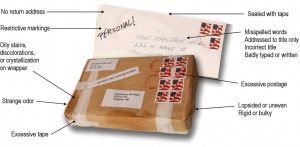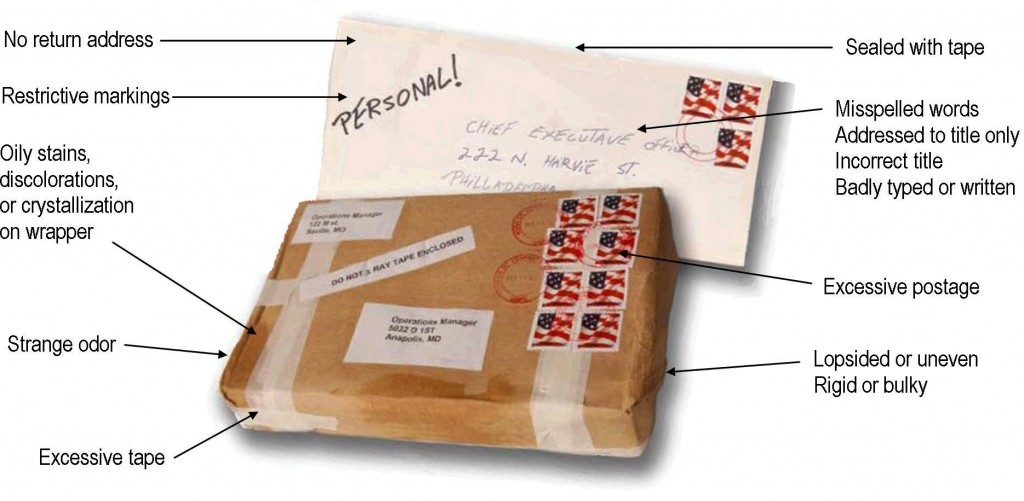
Across the country, in our communities, we share everyday moments with our neighbors, family, coworkers, and friends. We go to work or school, the grocery store, or the gas station. It’s easy to overlook these routine moments, but as you’re going about your day if you see something that doesn’t seem quite right, say something. By being alert and reporting suspicious activity to your local law enforcement you can protect your family, neighbors, and community.
Powerful explosives can be made from common consumer goods, like pool sanitizers, fertilizers, and paint removers, that are bought and sold every day in communities across the United States. These items have strong smells.
If you see something that is suspicious, out of place, or doesn’t look right, say something. (Find out more about the “If You See Something, Say Something®” campaign.) A suspicious item is any item (e.g., bag, package, vehicle, etc.) that is reasonably believed to contain explosives, an improvised explosive device (IED), or other hazardous material that requires a bomb technician and/or specialized equipment to further evaluate it. Examples that could indicate a bomb include unexplainable wires or electronics, other visible bomb-like components, and unusual sounds, vapors, mists, or odors.
Generally speaking, anything that is Hidden, Obviously suspicious, and not Typical (HOT) should be deemed suspicious. In addition, potential indicators for a bomb are threats, placement, and proximity of the item to people and valuable assets.
What makes a package look like trouble?
According to the US Postal Service, signs (pdf) to look out for include any of these indicators:
- An excessive amount of tape used to seal the package
- Oily stains, discolorations, or crystallization on the wrapping
- Strange odors
- The somewhat obvious “protruding wires”
- Misspellings or typos on labels
- No return address
- An inordinate number of stamps used (which may mean it was sent from another country)
- Restrictive markings such as the word “personal” on the front
NOTE: Not all items are suspicious. An unattended item is an item (e.g., bag, package, vehicle, etc.) of unknown origin and content where there are no obvious signs of being suspicious (see above). Facility search, lock-down, or evacuation is not necessary unless the item is determined to be suspicious.
You may encounter a suspicious item unexpectedly or while conducting a search as part of your facility’s or employer’s Bomb Threat Response Plan. If it appears to be a suspicious item, follow these procedures:
Every situation is unique and should be handled in the context of the facility or environment in which it occurs. Facility supervisors and law enforcement will be in the best position to determine if a real risk is posed and how to respond. Refer to the DHS-DOJ Bomb Threat Guidance for more information.
This is a Department of Homeland Security video designed for workplaces. I can’t imagine many of us would be able to remain this calm, but it’s worth watching so you understand what questions the police will ask.
If a bomb threat is received by phone:
- Remain calm. Keep the caller on the line for as long as possible. DO NOT HANG UP, even if the caller does.
- Listen carefully. Be polite and show interest.
- Try to keep the caller talking to learn more information.
- If possible, write a note to a colleague to call the authorities or, as soon as the
caller hangs up, immediately notify them yourself.
- If your phone has a Caller ID display, copy the number and/or letters on the window display.
- Complete the Bomb Threat Checklist immediately. Write down as much detail as you can remember. Try to get exact words.
- Immediately upon termination of call, DO NOT HANG UP, but from a different phone, contact authorities immediately with information and await instructions.

